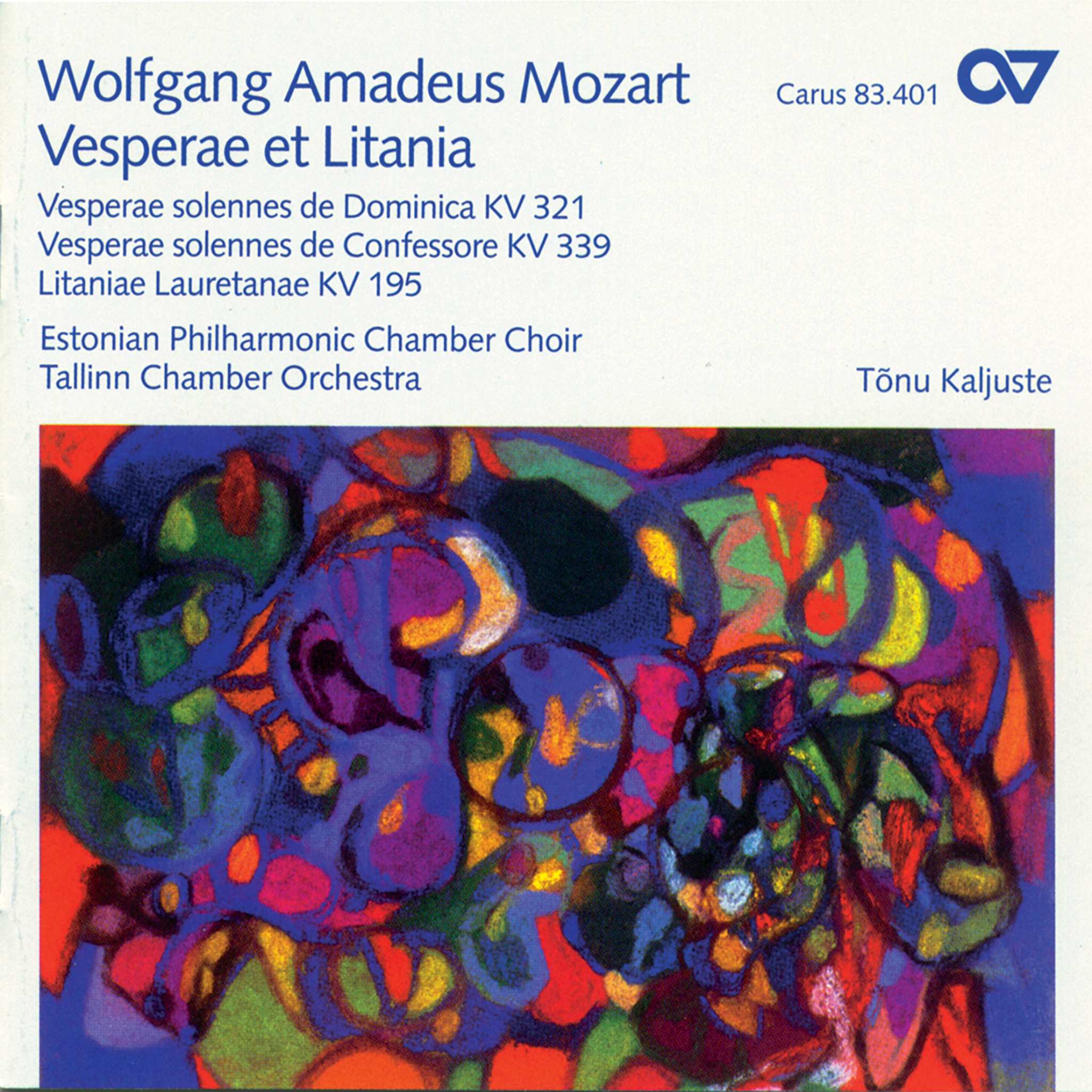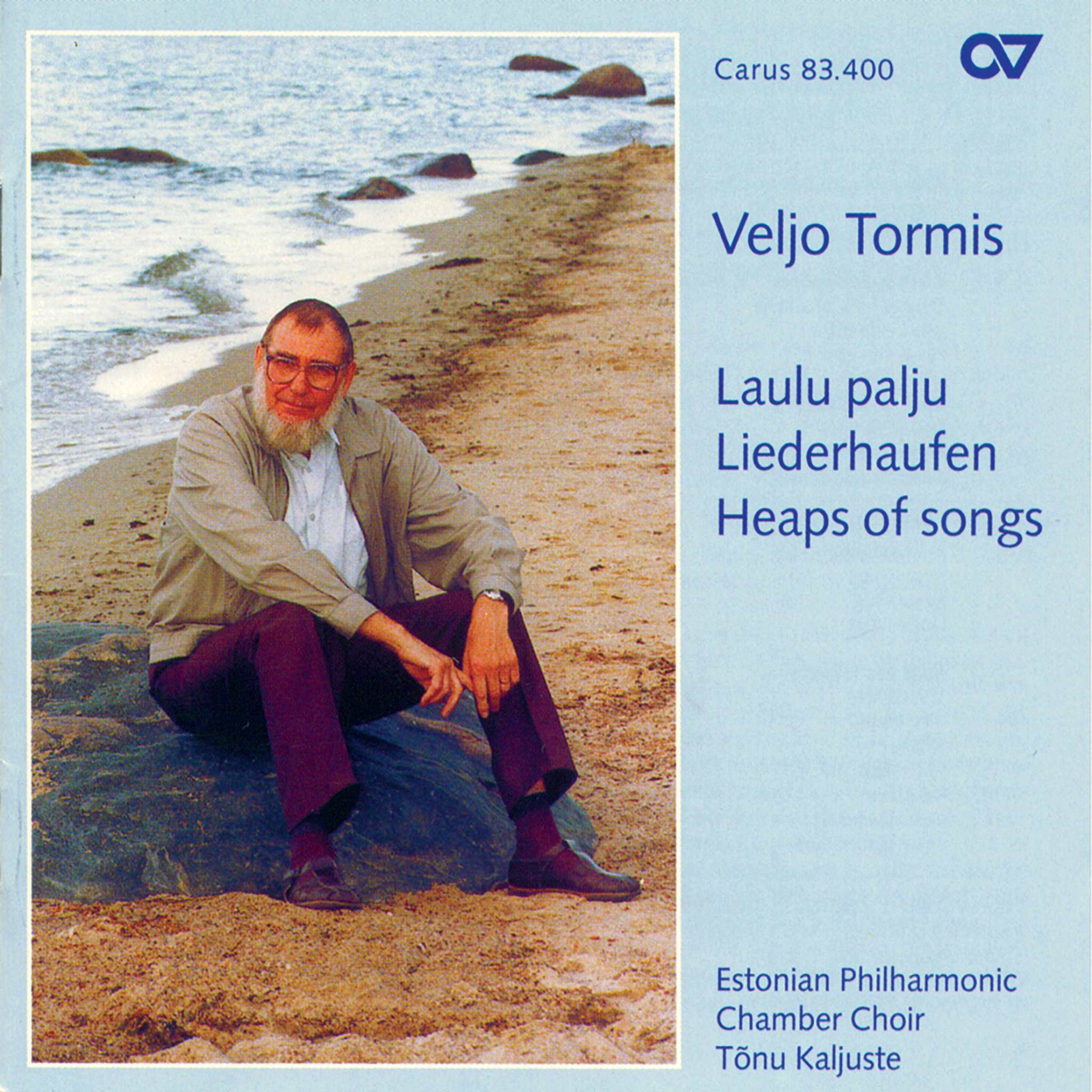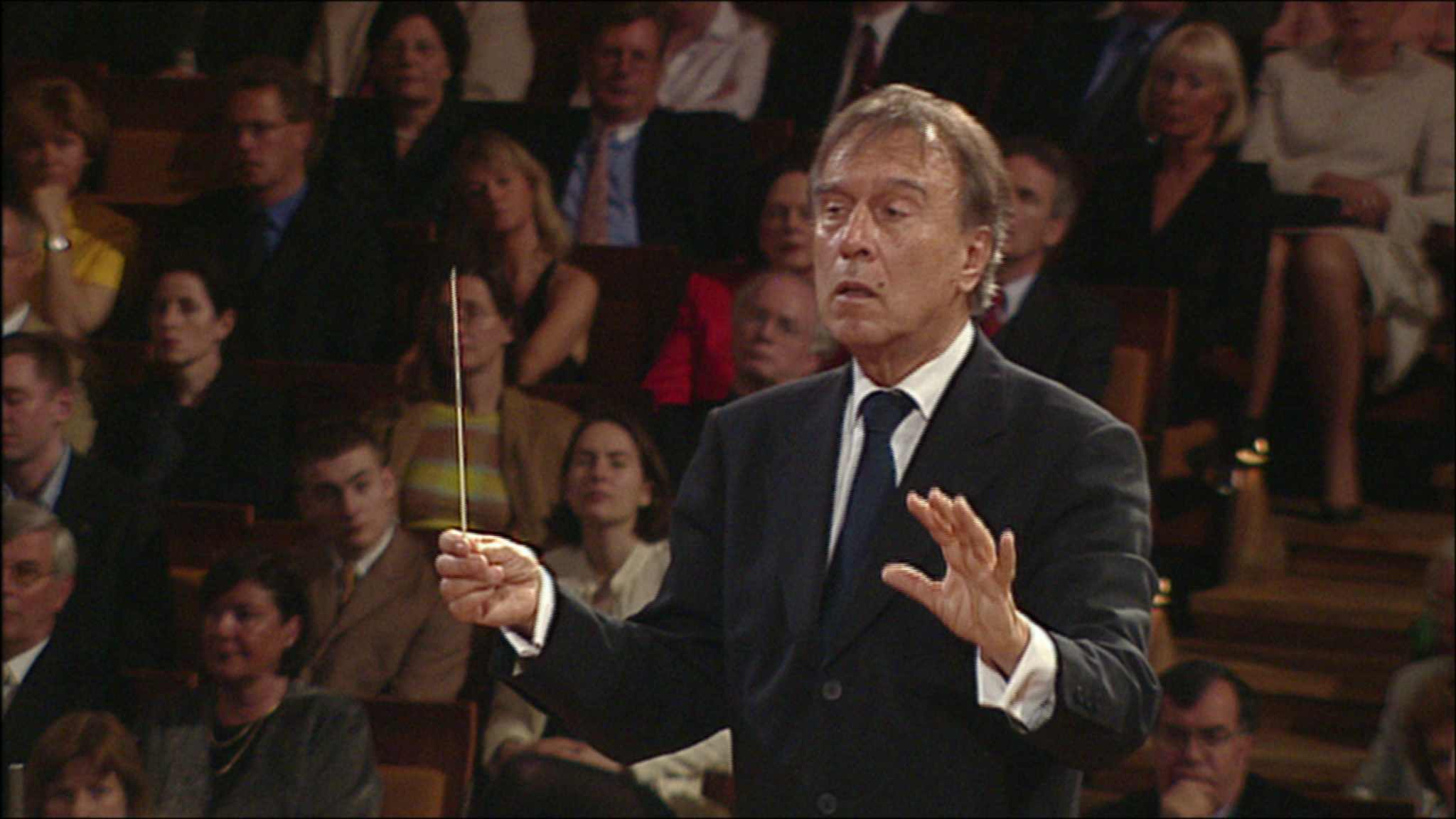Album insights
Even after his death in 1521, Josquin Des Prés' reputation continued to cast a long shadow. The demand for his music in Germany surpassed the supply to the extent that many attributed music of other composers to Josquin. George Forster could recall in 1540 hearing a prominent man say that Josquin was producing more works posthumously than during his lifetime. While some pieces bearing Josquin's name in later sources must be considered doubtful, others attributed to less eminent masters elsewhere show great stylistic similarities with authenticated pieces. It is essential to discuss these pieces on the periphery of Josquin's "canon" without forgetting that many respected music lovers of the time considered them genuinely Josquin's, forming the foundation of our current understanding of him.
This CD presents an opportunity for you to judge for yourself: pieces firmly established in Josquin's "canon" based on current research are compared with those widely considered Josquin's works in the 16th century but now more plausibly attributed to other composers. Additionally, there are pieces unequivocally assigned to composers whose reputation, though not reaching Josquin's level, occasionally matched his skill. Despite the financial incentive to publish dubious works under Josquin's name, it often served as a "seal of approval," a representation of alleged highest quality to attribute a piece to Josquin instead of others. Regardless of how our aesthetic criteria compare to those of the mid-16th century, listeners will agree that the presented pieces, whether by Josquin or his "colleagues," share not only certain stylistic traits but also a high degree of musical inspiration.
Scholars have been debating the authorship of the opening motet for John the Baptist, Inter natos mulierem, for decades. Although it is credited to Josquin in two of the three surviving sources, none of these sources predates the 1530s, indicating a likely composition date very close to the first extant copy. However, whoever its author may be, anyone who hears this magnificent piece, rich with harmonies only achievable by five or more voices, cannot doubt its deserved place in the repertoire.
Though Planxit autem David, a setting of David's lament for his dead sons, may sound more contemplative than mournful to our ears, the eloquence of its text setting, distinguishing each elegantly crafted phrase from the next, is evident. In a renowned description, the late 16th-century German theorist Heinrich Glareanus observed a profound mood sustained throughout the piece, capturing the range of emotions experienced by a mourner, beautifully portrayed with each grim whisper and resounding cry. The composition offered nothing unworthy of its creator and splendidly expressed mournful sentiments.
Nicolas Craen, now largely unknown, was an exemplary figure for Othmar Luscinius in 1536, embodying all the admirable aspects of contemporary compositional style, notably evident in his motet Tota pulchra es. Luscinius praised Craen's disregard for ancient musical customs, illustrating his merit surpassing traditions of the time, particularly in method and harmonic setting, serving as a model for aspiring composers.
Although known for its beauty, Verbum bonum et suave is more famous for uncertainties regarding its authorship, illustrating how highly Josquin was esteemed in the 16th century. The theorist Zarlino's description from 1558 recounted how a motet was regularly sung under Josquin's name during Marian feasts in the papal chapel, showcasing a piece considered one of the greatest compositions of that era, revealing the reverence surrounding Josquin's name.
Until 1985, Veni sancte spiritus was universally attributed to Josquin until a more credible manuscript suggested it belonged to his lesser-known contemporary Forestier. However, regardless of its origin, the motet stands as an extraordinary musical achievement that can rival any composition of its time, exemplifying the essence of Josquin's recognized canon in the 16th century.
The four-voice De profundis is inconsistently credited to either Josquin or a certain "Champion," likely one of the brothers Jacques and Nicolas Champion who served in the Imperial Habsburg Chapel in the early 16th century. Glareanus had no doubts regarding the work's authorship or quality, seeing it as quintessential Josquin due to its beauty of expression and innovative approach. Despite the unusual modal flexibility of the composition, the piece was expertly crafted, earning praises for its novelty without disturbing the ear.
Similar to the Missa Da pacem once considered an excellent representation of Josquin's later period, Ave caro Christi caro is more likely attributed to the highly talented yet less known Noel Bauldeweyn. Edgar Sparks argued for the late attribution to Josquin based on style similarities and text interpretation but agreed on a close relationship between the works of both composers. Whether by Josquin or Bauldeweyn, the motet's profound musical eloquence in presenting a collection of Eucharistic prayers creates a sublime adornment for the Elevation, the high point of late medieval Christian worship.
The connection of Recordare, virgo mater with Josquin, preserved in only one of Antoine Gardano's motet collections from 1520, has long been questionable. Despite doubts about its authorship, its relentless energy and captivating idiom lead listeners to experience an enduring sense of Josquin's mortality and perhaps their own, resonating in their ears.
Concluding our journey through the peripheries of Josquin's canon is a piece that can rightly be considered the musical essence of its composer above all else. The Pater noster / Ave Maria held a special place in Josquin's heart; he wished in his will that this motet be performed during all processions in the church near his home after his passing. The intimate rendition of the two fundamental Christian prayers, directed to God and the Virgin Mary, leaves no doubt about the composer's insights – he knew that like everyone else, he too would one day turn to dust. The unforgettable intensity and the poignant appeals towards the end leave an everlasting sentiment of Josquin's mortality, perhaps reflecting our own, in the listeners' minds.








